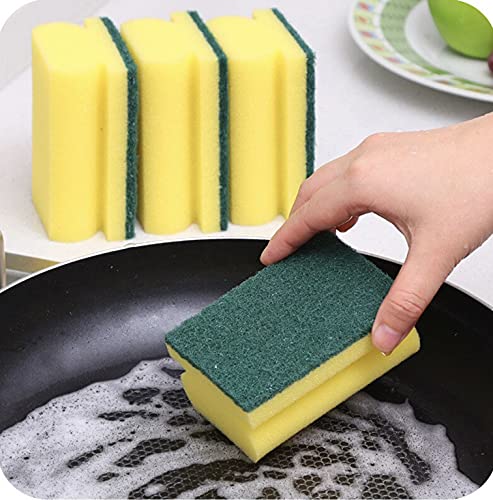What is blood circulation?
Blood circulation is the continuous movement of blood throughout the body, transporting oxygen, nutrients, and hormones to the organs and tissues. It plays a crucial role in maintaining overall health and well-being. Poor blood circulation can lead to various health issues, including fatigue, numbness, muscle cramps, and even more severe conditions like venous ulcers or deep vein thrombosis.
The benefits of good blood circulation
Having good blood circulation is essential for overall health. It ensures that the body’s organs and tissues receive the necessary oxygen and nutrients to function properly. Here are some key benefits of improved blood circulation:
- Efficient nutrient delivery: Good blood circulation helps transport essential nutrients, vitamins, and minerals to cells throughout the body. This promotes healthy cell growth and repair.
- Improved organ function: Proper blood circulation ensures that organs receive a sufficient blood supply, allowing them to perform their functions optimally.
- Enhanced cardiovascular health: Healthy blood circulation reduces the risk of cardiovascular diseases like heart attacks, strokes, and arterial blockages.
- Increased energy levels: Improved blood circulation allows for better oxygenation of cells, leading to increased energy levels and reduced fatigue.
Sponge therapy for blood circulation improvement
One lesser-known method for improving blood circulation is sponge therapy. Sponge therapy is a form of hydrotherapy that involves using a natural sponge to apply pressure and friction to the skin. This technique is believed to stimulate blood flow and improve circulation. The sponge is typically moistened with warm water and then gently rubbed over the body in circular motions.
The science behind sponge therapy
The mechanism behind sponge therapy’s potential effects on blood circulation lies in the combination of friction and heat. Applying pressure and circular motions with a moist sponge can help dilate blood vessels near the surface of the skin, promoting increased blood flow to the area.
Friction created by sponge therapy stimulates sensory receptors in the skin, which sends signals to the brain. This can trigger the release of vasodilators, such as nitric oxide, which relaxes blood vessels and improves blood flow. The warmth of the water used during sponge therapy also contributes to vasodilation.
Although more research is needed to fully understand the effects of sponge therapy on blood circulation, anecdotal evidence suggests potential benefits. Many individuals have reported feeling more relaxed, experiencing reduced muscle tension, and noticing improvements in overall well-being after incorporating sponge therapy into their routine.
When to consider sponge therapy
Sponge therapy may be worth considering if you have symptoms of poor blood circulation or if you want to boost your overall well-being. It can be particularly beneficial for individuals who spend long periods sitting or standing, as these positions can hinder blood flow.
It’s important to note that sponge therapy should not be considered a standalone solution for serious circulatory issues or medical conditions. It is always recommended to consult with a healthcare professional before trying any new therapies or treatments.
Remember, sponge therapy is just one of many strategies that can potentially help improve blood circulation. Maintaining an active lifestyle, eating a balanced diet, staying hydrated, and managing stress are also important factors to consider for optimal circulatory health.






